Home>Kitchen & Cooking>Kitchen Gadgets & Utensils>What Is Kettle Made Of
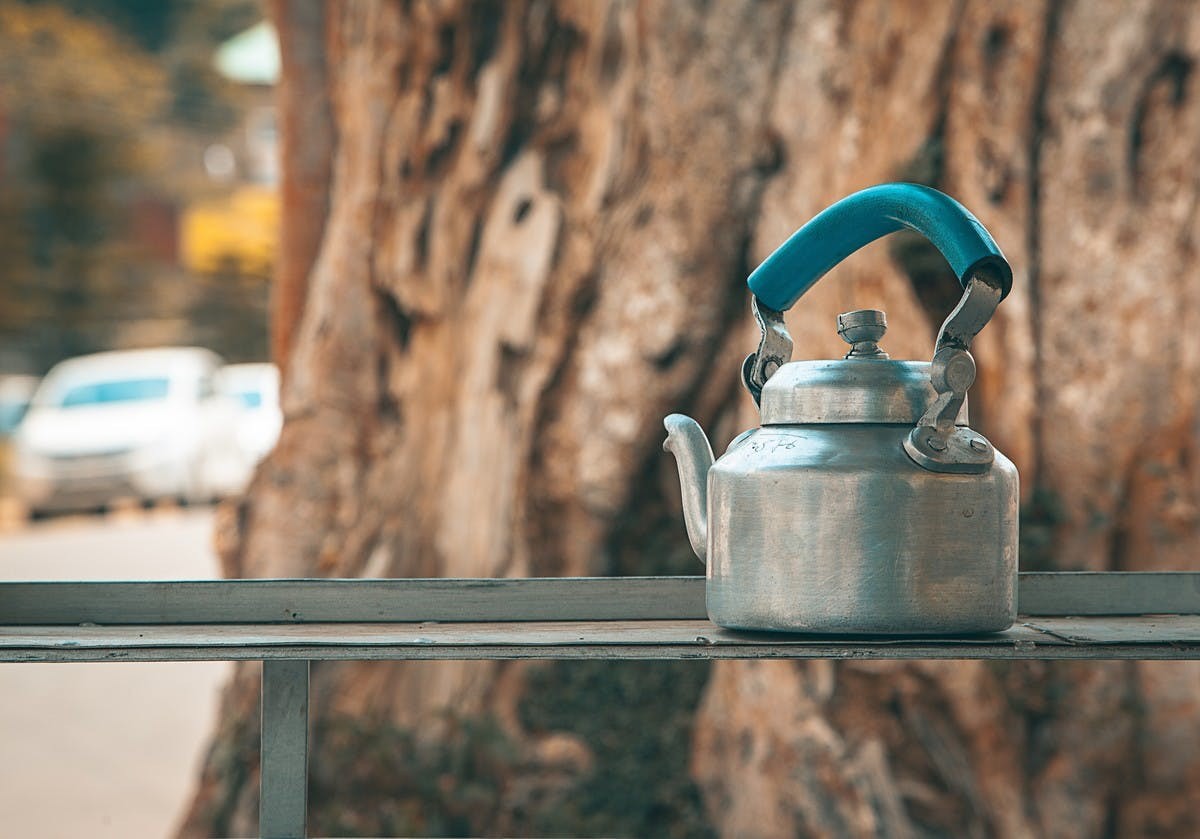

Kitchen Gadgets & Utensils
What Is Kettle Made Of
Modified: March 2, 2024
Discover the materials used to make kitchen gadgets and utensils. Learn about the different materials for kettles and their benefits in the kitchen.
(Many of the links in this article redirect to a specific reviewed product. Your purchase of these products through affiliate links helps to generate commission for Storables.com, at no extra cost. Learn more)
Introduction
When it comes to preparing a comforting cup of tea or brewing the perfect pour-over coffee, a kettle is an indispensable tool in any kitchen. However, have you ever wondered about the materials used to craft these essential vessels? The composition of a kettle can significantly impact its performance, durability, and overall appeal. In this comprehensive guide, we'll delve into the fascinating world of kettle materials, exploring the history, common materials, advantages and disadvantages, and factors to consider when choosing the ideal kettle for your kitchen. Whether you're a tea aficionado, a coffee connoisseur, or simply someone who appreciates a well-crafted kitchen gadget, understanding the intricacies of kettle materials can elevate your culinary experience. Join us on this journey as we unravel the mysteries of what kettles are made of.
Key Takeaways:
- Kettles are made of various materials like stainless steel, glass, copper, cast iron, and aluminum, each with unique advantages and considerations, impacting the brewing experience and aesthetic appeal.
- When choosing a kettle, consider factors like heat conductivity, durability, aesthetic appeal, weight, budget, and brewing rituals to find the ideal material that complements your lifestyle and enhances your brewing experience.
Read more: What Can Be Made With A Kettle
The History of Kettles
The humble kettle has a rich and diverse history that spans centuries, with its origins rooted in ancient civilizations. The earliest versions of kettles can be traced back to the ancient Chinese and Mesopotamian cultures, where they were primarily crafted from bronze or iron. These early kettles were used for boiling water to make it safe for consumption, as well as for preparing medicinal concoctions and herbal infusions.
As trade routes expanded and cultural exchanges flourished, the concept of kettles spread to different parts of the world, each region adding its own unique touch to the design and functionality of the vessel. In Europe, kettles became a symbol of hospitality and comfort, often found simmering over open fires in cozy kitchens and bustling taverns.
During the Industrial Revolution, advancements in metallurgy and manufacturing techniques revolutionized the production of kettles, leading to the mass production of affordable and durable models. The invention of the stovetop kettle, which could be placed directly on a heat source, marked a significant milestone in the evolution of kettle design, making it more convenient and efficient for everyday use.
Fast forward to the present day, and kettles have become an indispensable fixture in modern kitchens, available in an array of styles, sizes, and materials to cater to diverse preferences and needs. From traditional stovetop models to sleek electric kettles equipped with advanced features, the evolution of kettles reflects the ever-changing landscape of culinary practices and technological innovations.
Understanding the historical significance of kettles not only provides insight into their cultural and practical relevance but also underscores the enduring legacy of this essential kitchen tool. As we explore the materials used in crafting kettles, it’s essential to appreciate the centuries-old journey that has shaped these vessels into the indispensable items we know today.
Common Materials Used for Making Kettles
Kettles are crafted from a variety of materials, each possessing unique characteristics that influence their performance, appearance, and maintenance requirements. Understanding the properties of these materials is crucial for selecting a kettle that aligns with your specific preferences and brewing needs.
1. Stainless Steel: Renowned for its durability and resistance to corrosion, stainless steel is a popular choice for kettle construction. It offers excellent heat retention and is relatively easy to clean, making it a practical and long-lasting option for both stovetop and electric kettles. Additionally, stainless steel kettles often boast a sleek and modern aesthetic, complementing contemporary kitchen decor.
2. Glass: Kettles made from borosilicate glass have gained popularity due to their transparency, allowing users to monitor the water level and brewing process with ease. The non-porous nature of glass prevents it from absorbing odors or flavors, making it an ideal material for preserving the purity of water and enhancing the visual appeal of the kettle.
3. Copper: Revered for its exceptional heat conductivity, copper kettles facilitate rapid boiling and precise temperature control, making them a favorite among tea enthusiasts and professional baristas. The distinctive luster of copper lends a touch of elegance to the kitchen, and with proper maintenance, these kettles develop a coveted patina over time, adding to their charm.
4. Cast Iron: Known for its superb heat retention, cast iron kettles excel at keeping water hot for extended periods, making them well-suited for traditional tea ceremonies and slow brewing methods. These kettles are often adorned with intricate designs and are prized for their rustic appeal and historical significance.
5. Aluminum: Lightweight and cost-effective, aluminum kettles offer efficient heat distribution, making them a practical choice for budget-conscious consumers. While they may not match the longevity of stainless steel or cast iron kettles, aluminum models are valued for their affordability and portability.
Each material brings its own set of advantages and considerations, catering to diverse preferences and brewing rituals. Whether you prioritize durability, aesthetic appeal, or heat conductivity, the material of your kettle plays a pivotal role in enhancing your overall brewing experience.
When looking for a kettle, consider the material it’s made of. Stainless steel kettles are durable and easy to clean, while copper kettles conduct heat well. Glass kettles allow you to see the water boiling. Choose the material that best fits your needs.
Advantages and Disadvantages of Different Kettle Materials
Each kettle material offers a distinct set of advantages and considerations, influencing not only the brewing process but also the overall user experience. Understanding the pros and cons of different materials is essential for making an informed decision when selecting a kettle for your kitchen.
Stainless Steel:
- Advantages: Stainless steel kettles are prized for their durability, resistance to corrosion, and ease of maintenance. They are also non-reactive, ensuring that they do not impart any metallic taste to the water. Additionally, stainless steel models are often lightweight and available in a variety of stylish designs.
- Disadvantages: While stainless steel is excellent at retaining heat, it may not offer the same level of heat conductivity as other materials, potentially leading to slower boiling times.
Glass:
- Advantages: Glass kettles provide a visually captivating brewing experience, allowing users to witness the mesmerizing dance of water as it comes to a boil. They are also non-porous and do not retain odors or flavors, preserving the natural taste of the water.
- Disadvantages: Despite their aesthetic appeal, glass kettles are more susceptible to breakage and require careful handling to prevent damage. They may also be less effective at retaining heat compared to other materials.
Copper:
- Advantages: Copper kettles boast exceptional heat conductivity, facilitating rapid boiling and precise temperature control. They also develop a beautiful patina over time, adding character to the kettle.
- Disadvantages: Copper kettles tend to be more expensive than other options and require regular maintenance to prevent tarnishing. Additionally, prolonged exposure to acidic beverages may lead to copper leaching, necessitating a protective lining for the interior.
Cast Iron:
- Advantages: Cast iron kettles excel at heat retention, keeping water hot for extended periods. They are also revered for their durability and often feature intricate designs that contribute to their aesthetic appeal.
- Disadvantages: Due to their weight and potential for rusting if not properly cared for, cast iron kettles require more maintenance and may not be as practical for everyday use.
Aluminum:
- Advantages: Aluminum kettles are lightweight, cost-effective, and offer efficient heat distribution, making them suitable for budget-conscious consumers and those seeking portability.
- Disadvantages: While aluminum kettles are affordable and lightweight, they may not match the longevity and durability of other materials, and there are concerns about aluminum leaching into the water during prolonged use.
By weighing the advantages and disadvantages of each material, you can make an informed decision based on your brewing preferences, maintenance capabilities, and aesthetic sensibilities. Whether you prioritize durability, heat conductivity, or visual appeal, the right kettle material can elevate your brewing rituals and culinary experiences.
Factors to Consider When Choosing a Kettle Material
When selecting a kettle for your kitchen, several key factors should be taken into account to ensure that the chosen material aligns with your brewing preferences, maintenance capabilities, and aesthetic preferences.
Heat Conductivity: Consider the heat conductivity of the material, as it directly impacts the boiling efficiency and temperature control during the brewing process. Materials like copper and cast iron excel in heat conductivity, making them ideal for precise temperature management, while stainless steel and aluminum offer reliable heat retention and distribution.
Durability and Maintenance: Assess the durability and maintenance requirements of the material. Stainless steel and glass are known for their durability and ease of maintenance, requiring minimal upkeep to retain their pristine condition. On the other hand, materials such as copper and cast iron may demand more meticulous care to prevent tarnishing, rusting, or patina development.
Aesthetic Appeal: Take into consideration the visual impact of the kettle material. Whether you prefer the sleek modernity of stainless steel, the timeless elegance of copper, the rustic charm of cast iron, or the transparent allure of glass, the aesthetic appeal of the material contributes to the overall ambiance of your kitchen and brewing space.
Weight and Portability: Evaluate the weight and portability of the kettle, especially if you anticipate moving or transporting it frequently. Aluminum kettles are lightweight and convenient for travel, while cast iron kettles, though heavier, exude a sense of sturdiness and permanence in a fixed brewing setting.
Budget and Longevity: Factor in your budget and the longevity of the kettle material. While stainless steel and aluminum models are often budget-friendly and durable, materials like copper and cast iron may command a higher initial investment but offer enduring quality and timeless appeal that can last for generations with proper care.
Brewing Rituals and Preferences: Reflect on your specific brewing rituals and preferences. If you gravitate towards traditional tea ceremonies or slow brewing methods, a material like cast iron, with its exceptional heat retention, may align with your brewing practices. Alternatively, if you prioritize precision and control in coffee or tea preparation, a material with superior heat conductivity, such as copper, may be more suitable.
By carefully considering these factors, you can make an informed decision when choosing the ideal kettle material that complements your lifestyle, brewing rituals, and aesthetic sensibilities. Whether you prioritize functionality, durability, or visual appeal, the right material can enhance your brewing experience and become a cherished staple in your kitchen.
Conclusion
As we conclude our exploration of the materials used for crafting kettles, it becomes evident that the choice of material plays a pivotal role in shaping the brewing experience and aesthetic appeal of this essential kitchen tool. Whether you seek durability, heat conductivity, visual allure, or a harmonious blend of these attributes, the diverse array of kettle materials offers something for every discerning tea or coffee enthusiast.
The historical journey of kettles, from ancient civilizations to modern innovations, reflects the enduring significance of this indispensable vessel in culinary traditions and daily rituals. Each material weaves a unique narrative, infusing the brewing process with its distinct properties and character, enriching the sensory experience of preparing a comforting cup of tea or coffee.
By understanding the advantages and considerations associated with materials such as stainless steel, glass, copper, cast iron, and aluminum, you are empowered to make an informed decision that aligns with your brewing preferences, maintenance capabilities, and aesthetic inclinations. Whether you prioritize the sleek resilience of stainless steel, the transparent elegance of glass, the exceptional heat conductivity of copper, the timeless allure of cast iron, or the practicality of aluminum, the right kettle material can elevate your brewing rituals and become a cherished companion in your culinary journey.
Ultimately, the selection of a kettle material is a deeply personal choice, influenced by individual brewing rituals, lifestyle preferences, and the desire to create a harmonious and inviting kitchen environment. As you embark on this journey of discovery, may your chosen kettle material not only enhance your brewing experiences but also become a cherished symbol of comfort, tradition, and the art of savoring life’s simple pleasures.
Whether you find joy in the gentle whistle of a stovetop kettle, the serene transparency of a glass vessel, or the timeless allure of a meticulously crafted copper or cast iron kettle, may your chosen material infuse each brewing moment with a touch of elegance and warmth, enriching your daily rituals and creating lasting memories in the heart of your home.
Frequently Asked Questions about What Is Kettle Made Of
Was this page helpful?
At Storables.com, we guarantee accurate and reliable information. Our content, validated by Expert Board Contributors, is crafted following stringent Editorial Policies. We're committed to providing you with well-researched, expert-backed insights for all your informational needs.
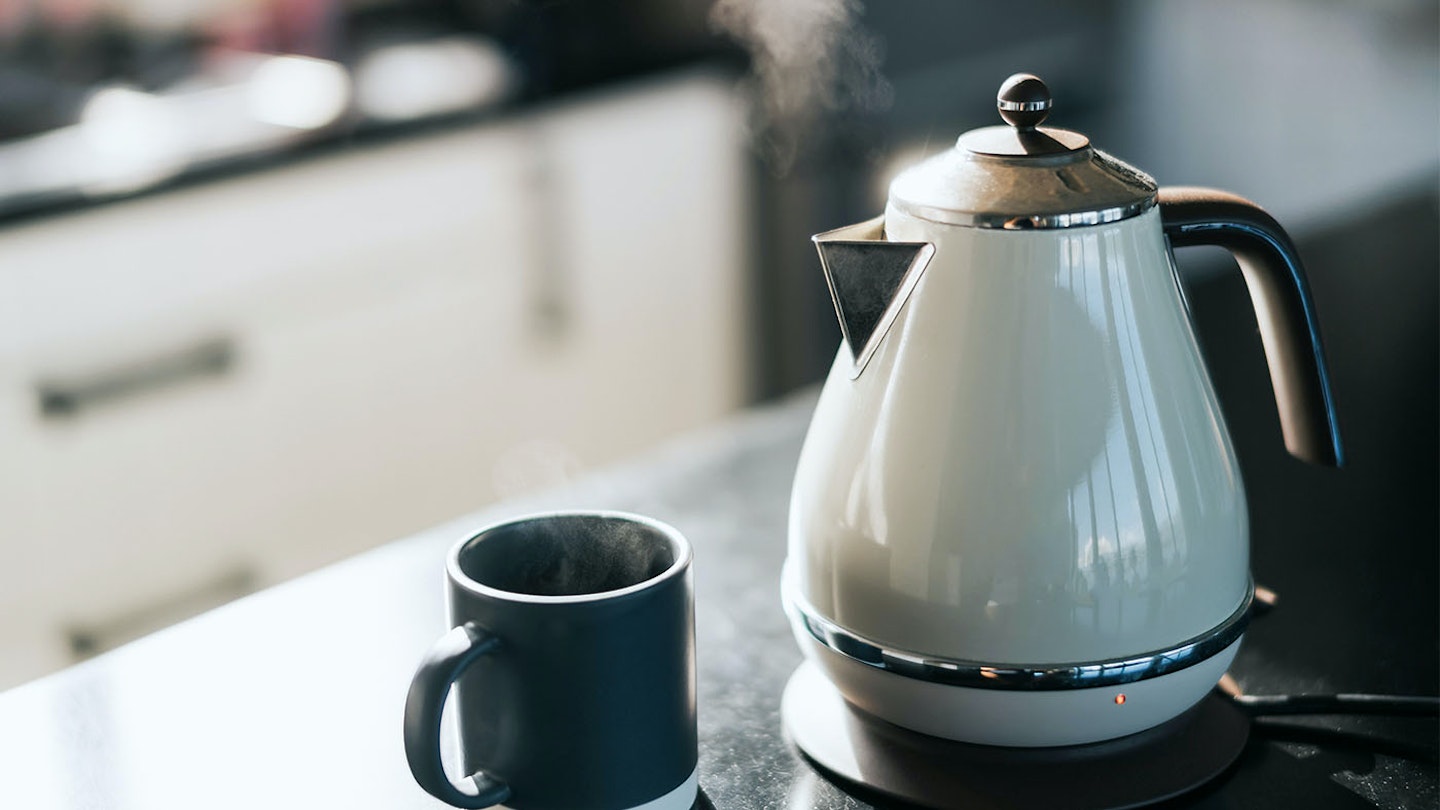
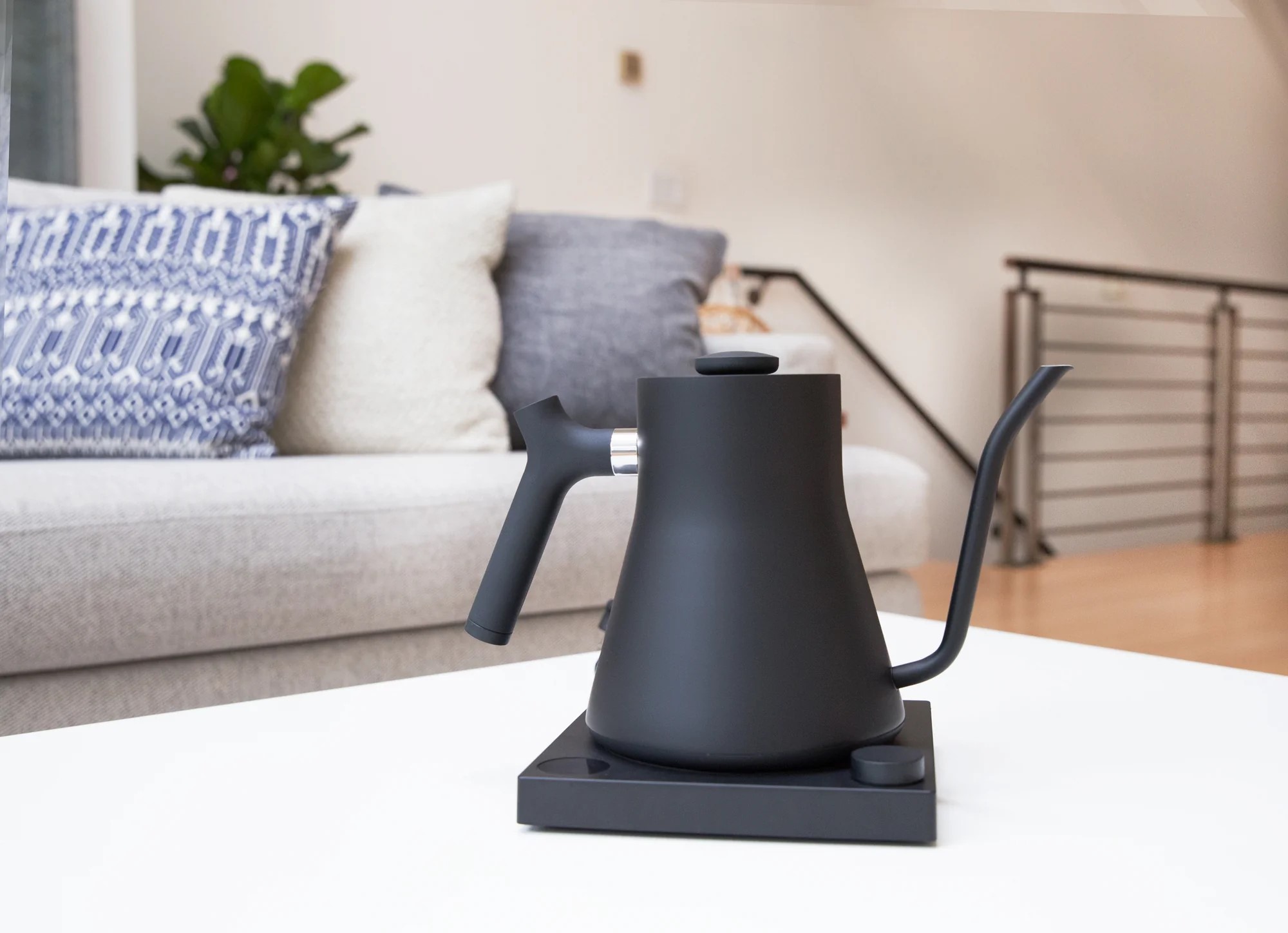
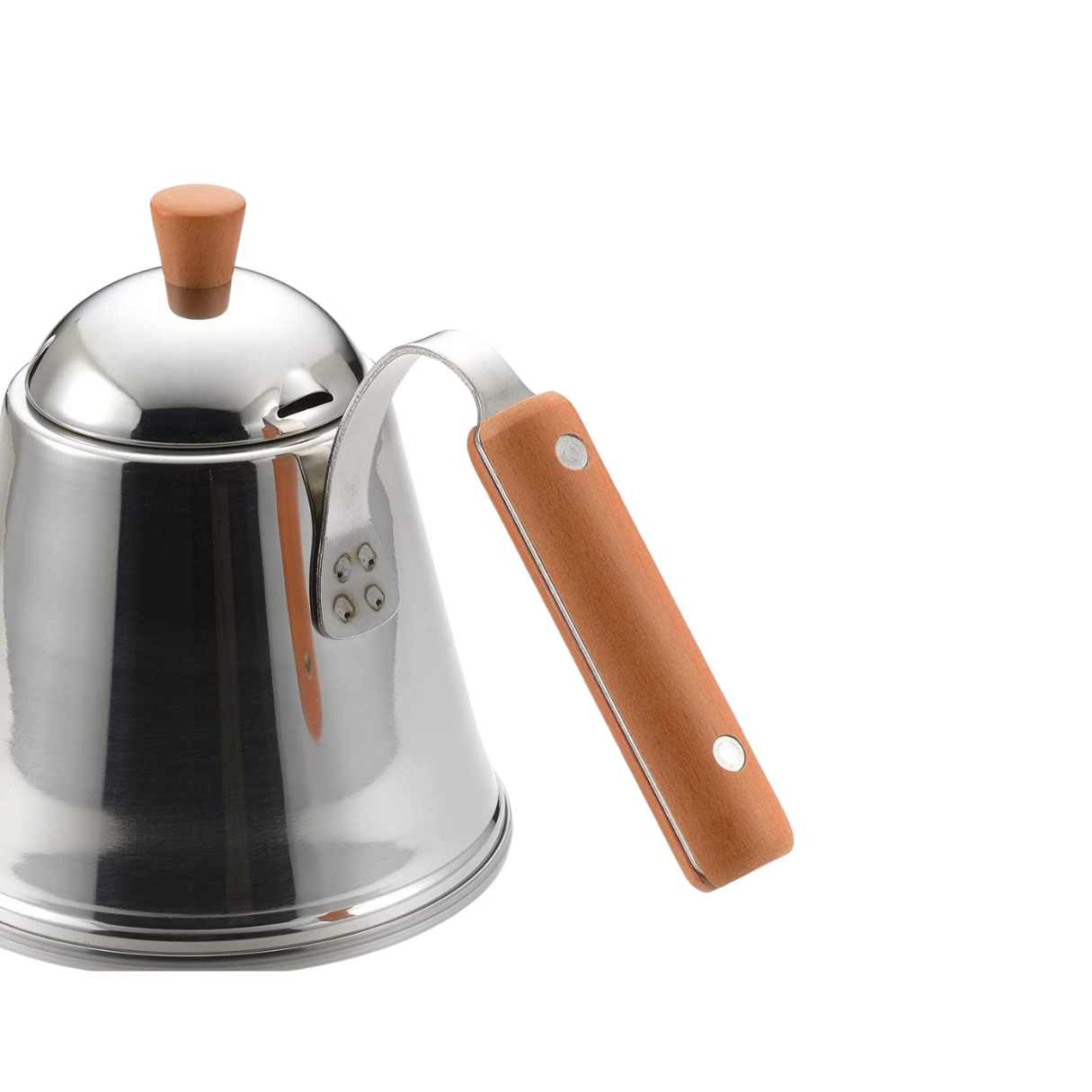
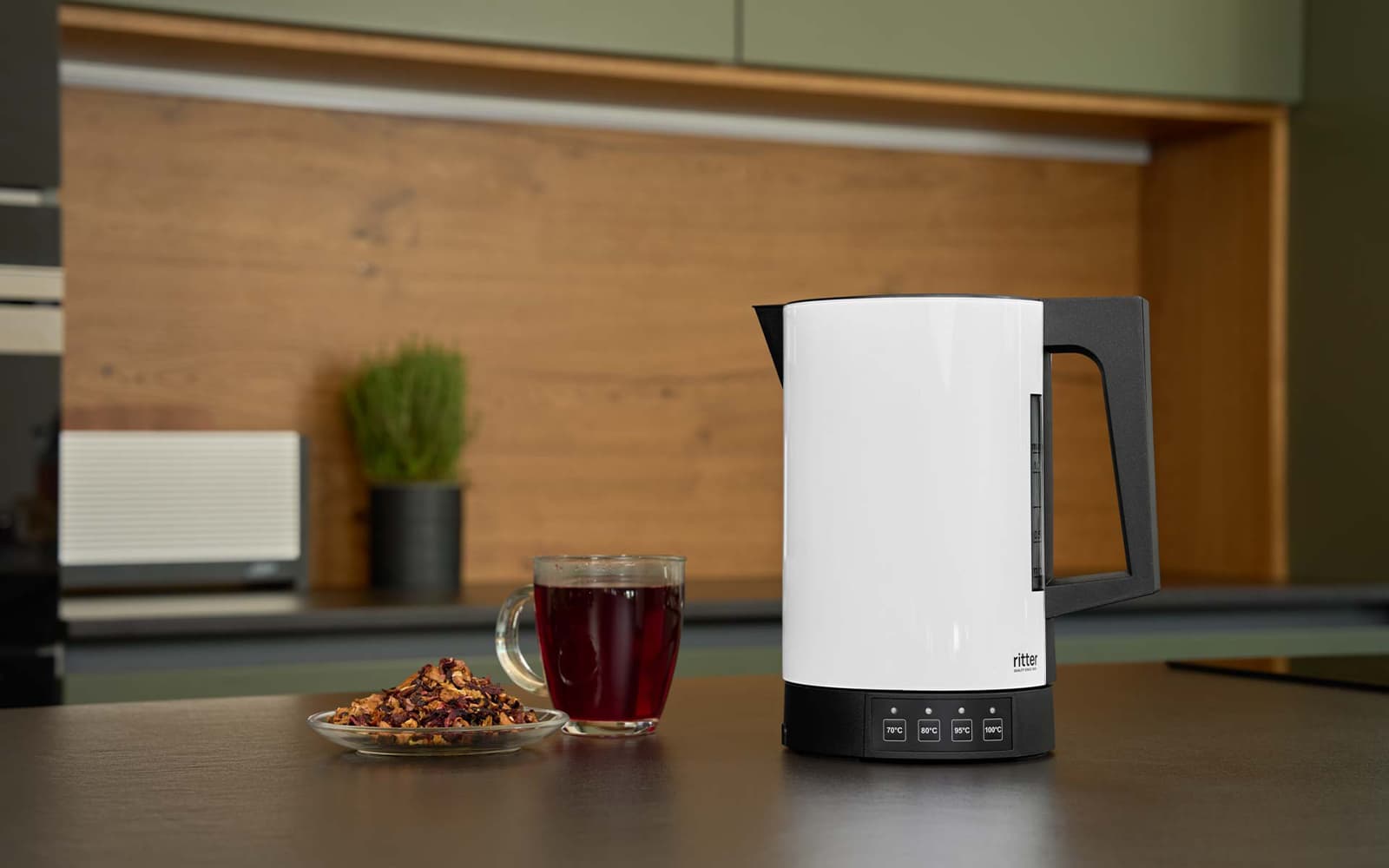

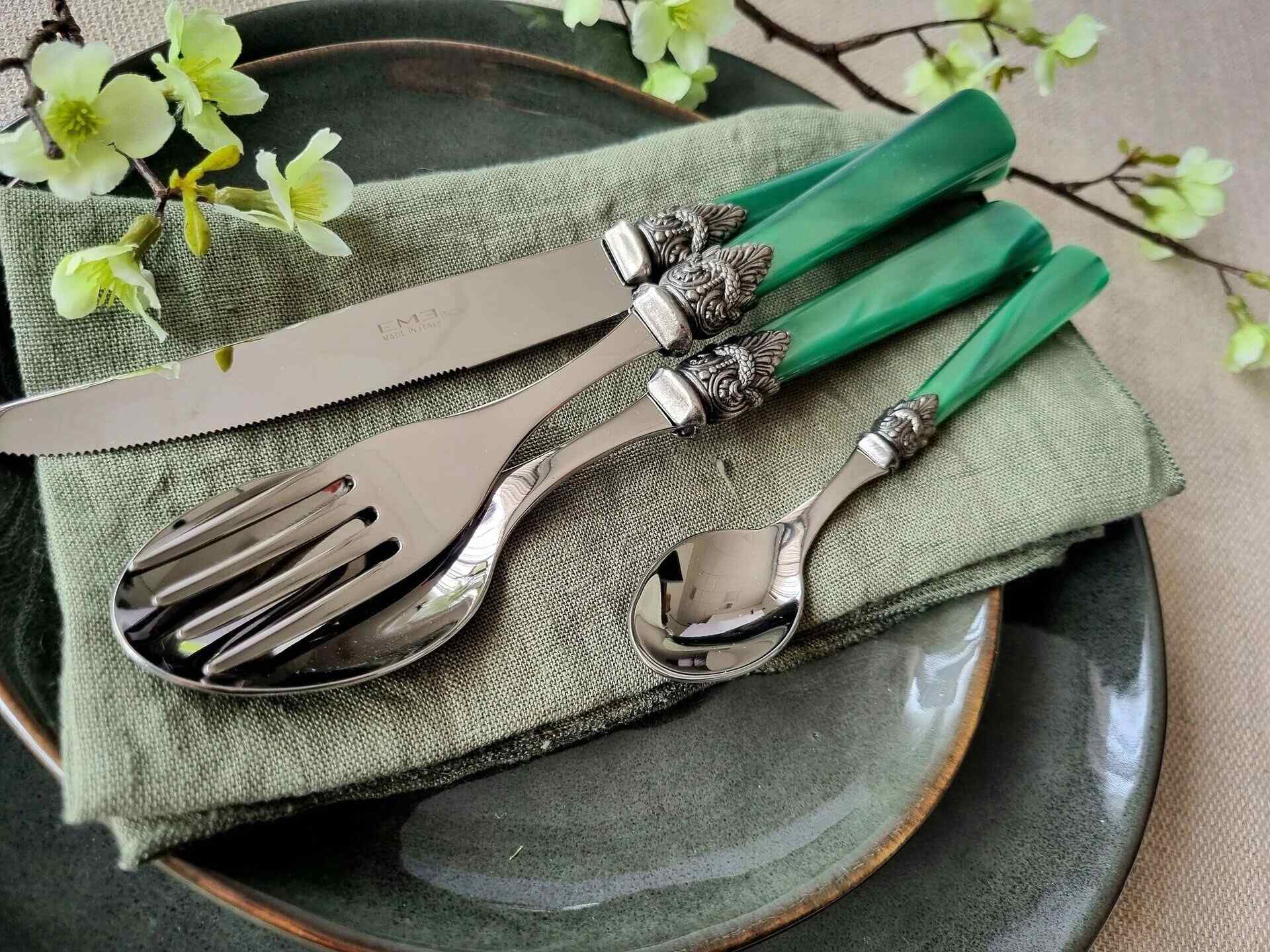

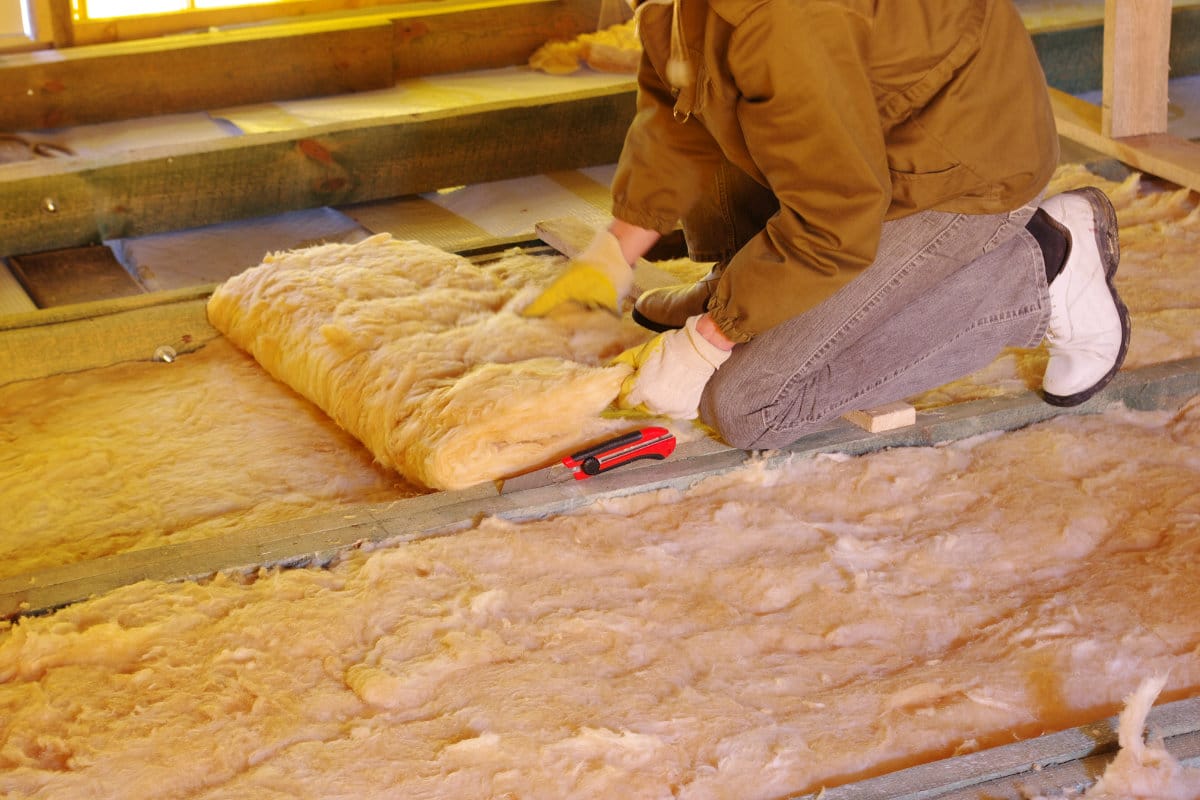
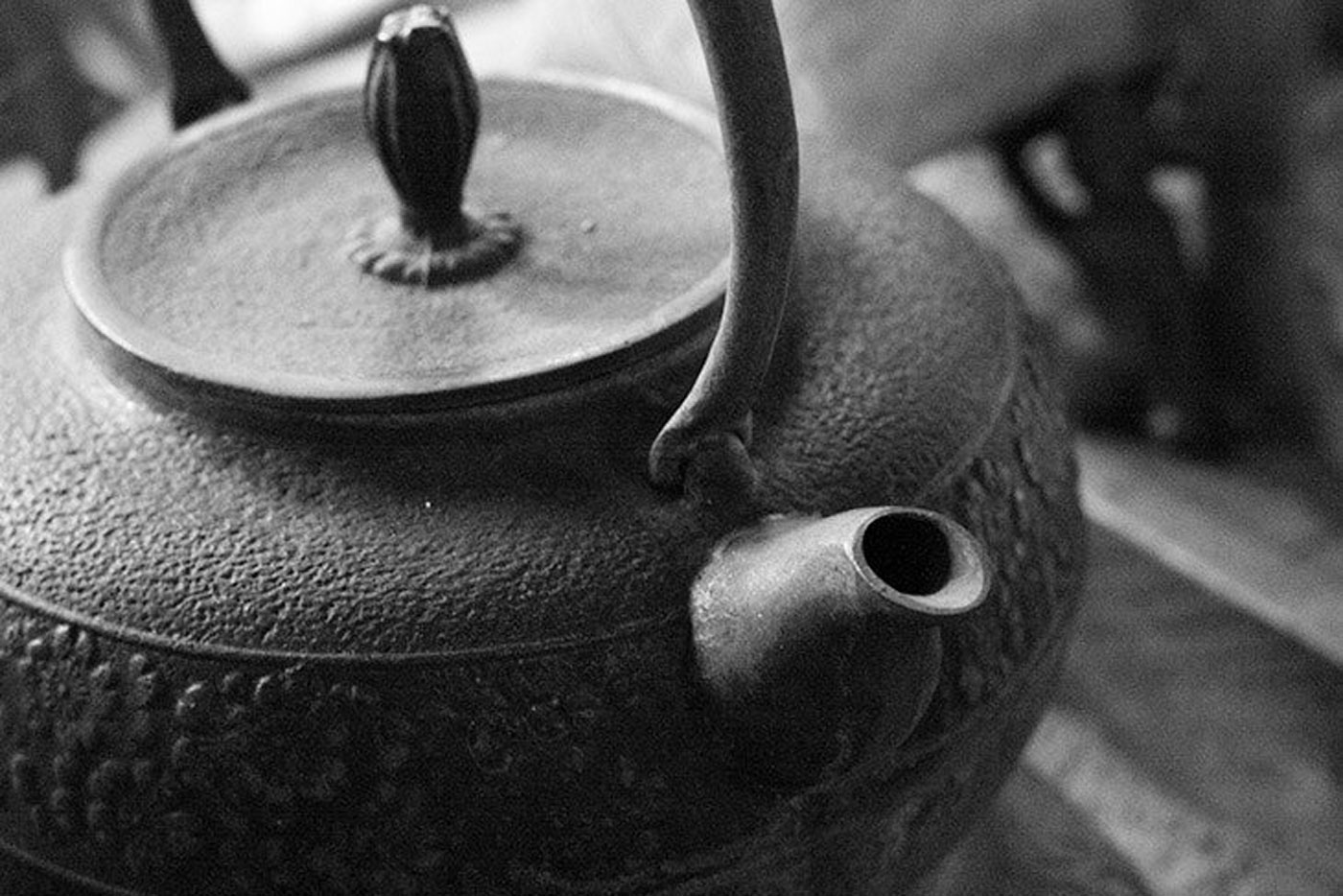
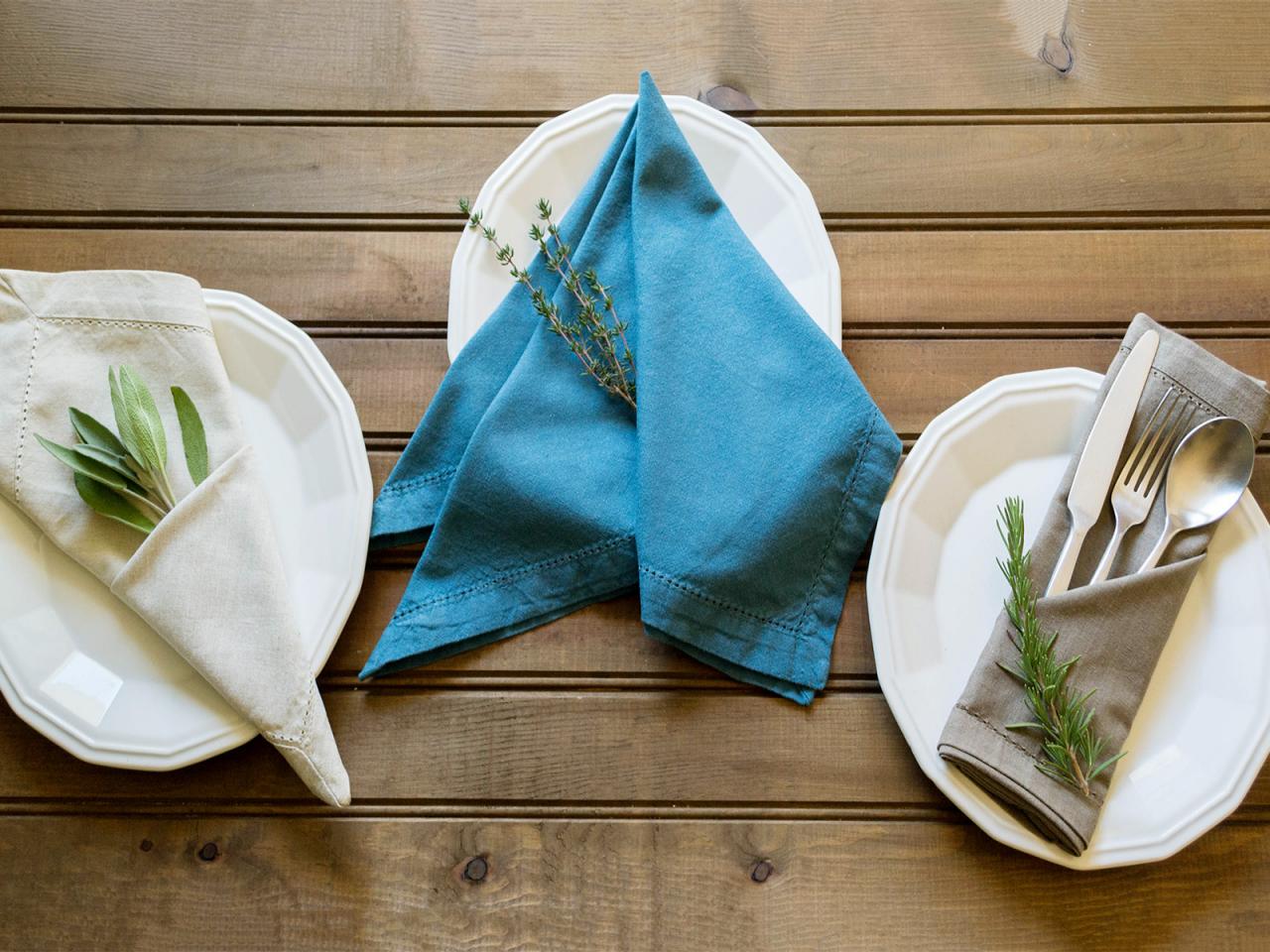
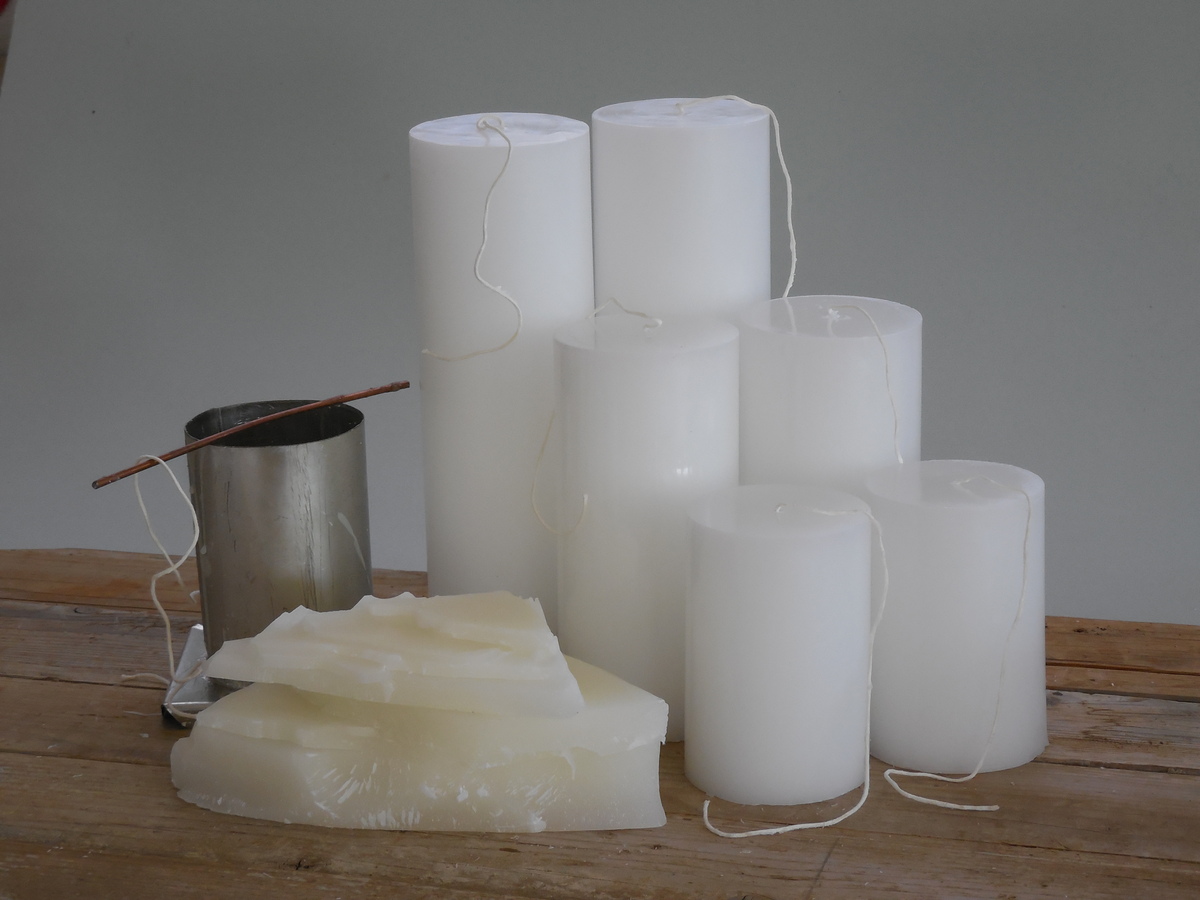
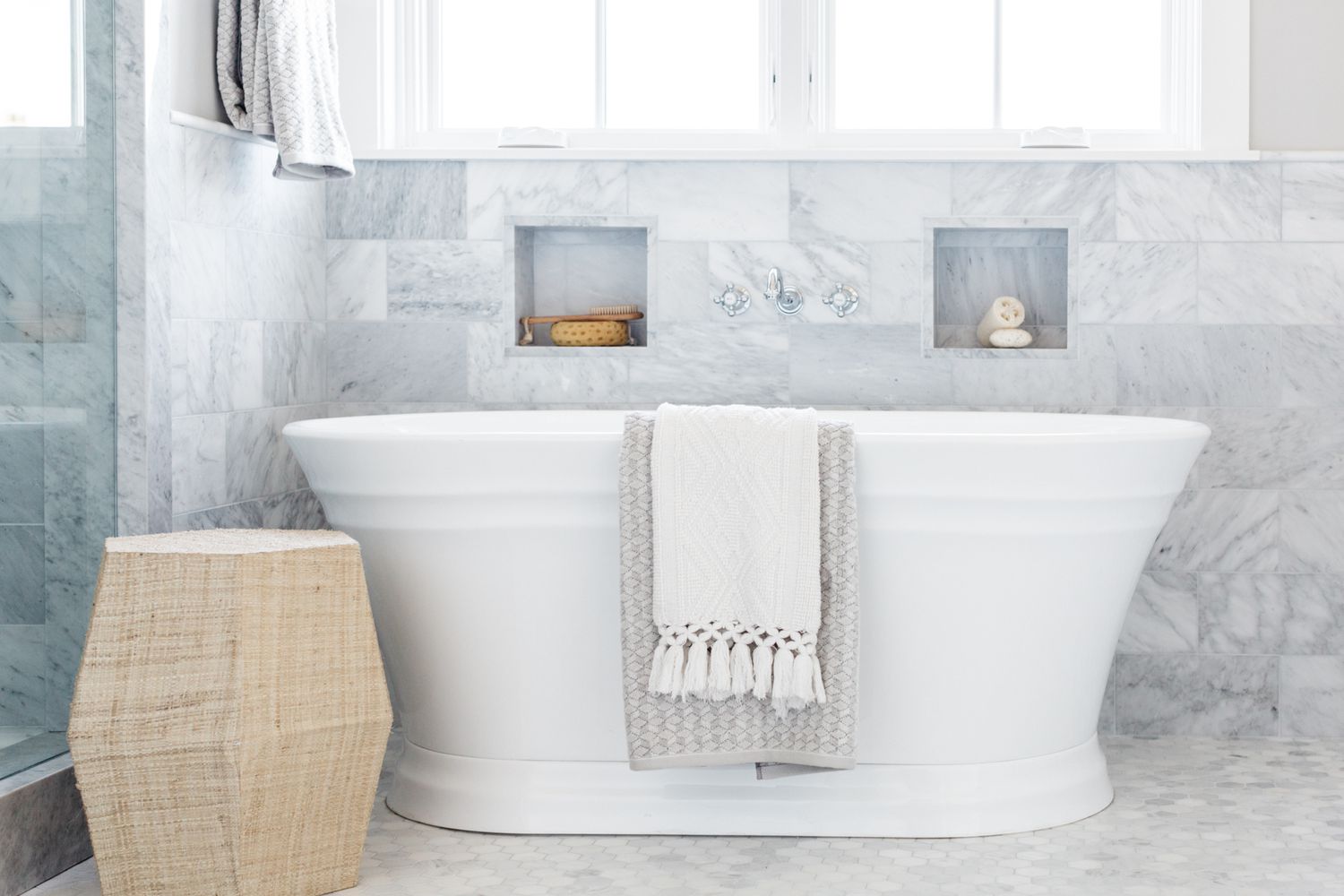

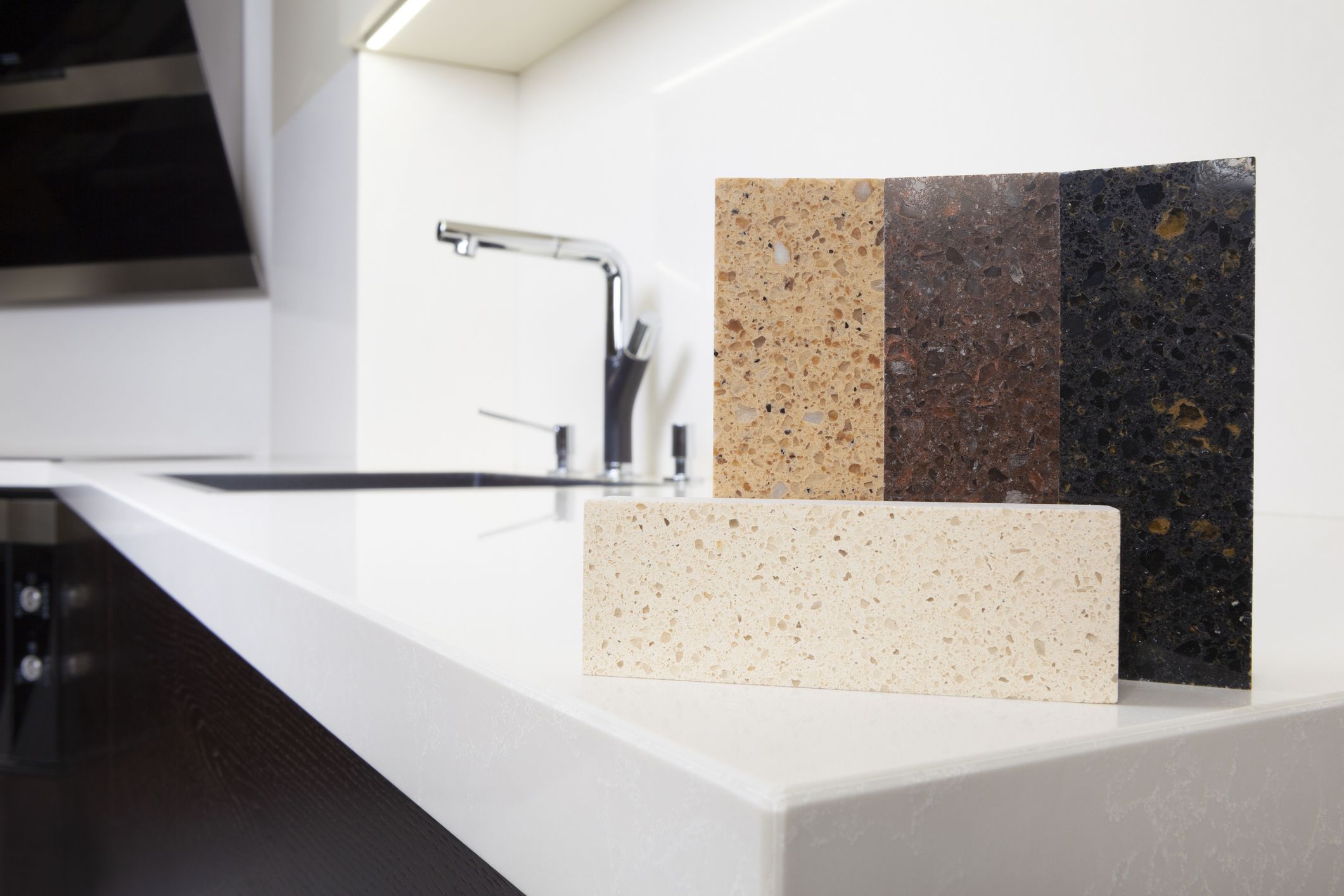

0 thoughts on “What Is Kettle Made Of”